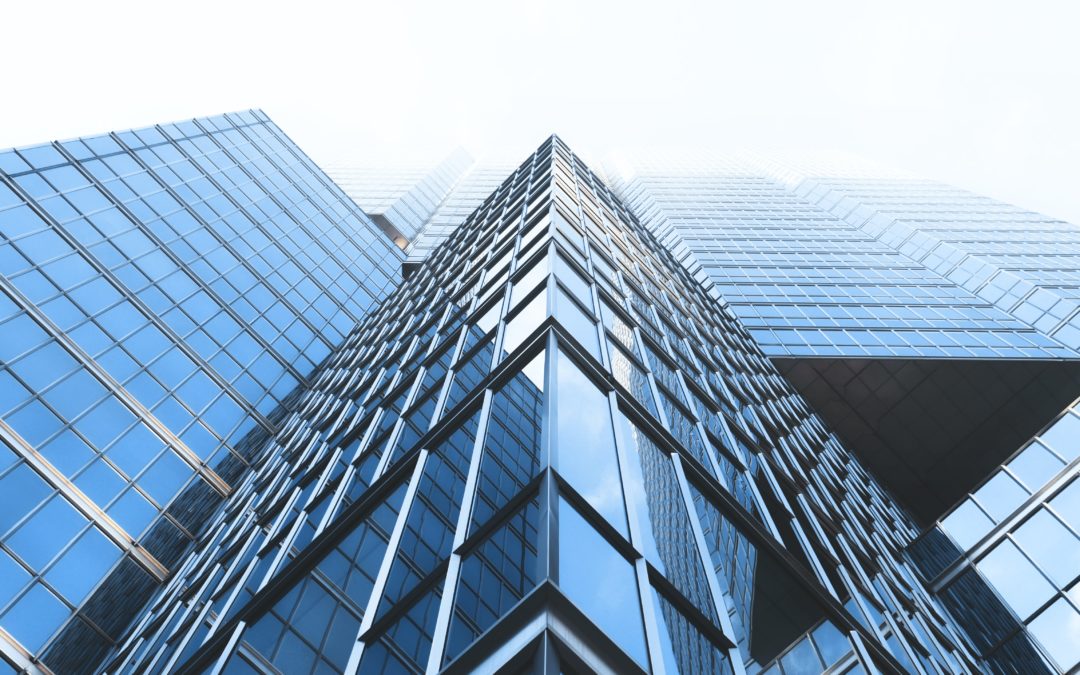It’s not news that sustainability ought to be a primary concern for any future-forward business. Tomorrow’s most perceptive and prepared leaders are already working out ways to build not just bigger, but better and smarter in ways that will positively impact their surroundings.
It also shouldn’t be news to anyone that the construction industry hasn’t always been in a leading position with regard to environmental issues. While we’ve lagged behind in the past, there’s no reason we can’t take on a more proactive stance in the present. In fact, the future depends on it.
Our industry touches virtually every human on Earth, and it’s time we started taking that fact more seriously. While we can’t undo the major mistakes of the past overnight, we can look to modern tools and techniques that promise a cleaner, safer, and healthier tomorrow for the construction industry — and the world along with it.
While LEED certifications, green roofs, and solar panels have been effective steps in the right direction, grid-integrated buildings (commonly referred to as Grid-interactive efficient buildings, or GEBs) represent a sea change in the way power is provided to buildings and also represent the industry’s best chance to put sustainability at the fore. Buildings are responsible for 76 percent of electric power use in the United States. Still, they can be built to manage that usage holistically, drawing power from the grid only when it can be used and allocated efficiently.
Just as in interpersonal business, communication is key. A GEB can monitor activity on the grid using smart technology and ensure that undue strain isn’t put on the shared system. Sensors embedded in lighting, HVAC, and other systems can monitor in-building demand by the second, and algorithmic software manages the GEB’s energy distribution process by determining the most efficient way to allocate necessary power within the building rather than simply drawing it all from the grid as needed.
This results in a “flatter” energy-consumption profile. Picture a line graph that represents a given building’s energy use. When demand is high, such as in extreme weather, that line peaks as energy usage sharply rises. When every building on a given power grid is “peaking,” that grid is highly stressed, and the potential for disastrous failure rises. In a GEB’s responsive energy distribution system, peaks are prevented by managing when and where the building’s energy is used before disaster can strike. By holding on to power in anticipation of peaks, the building places less stress on the grid, allowing efficiency to determine usage — not panic.
When electricity demand peaks and the grid is stressed, power consumption becomes more expensive. On top of that, the sharp increase and decrease in usage can cause major issues for utilities, like blown transformers and blackouts. In addition, inefficiency has far-reaching negative effects on the environment, with more damage done to the air, water, and ground in the name of generating energy that doesn’t reach its intended users.
If your construction business already uses green building solutions like high-efficiency walls, windows, and appliances, you’re already part of the way along the path to full GEB. It’s the combination of sustainable solutions, smart sensors, and power storage tech that truly makes a GEB the future of green construction.
It’s already been well-established that smarter controls for building power have a powerful effect in reducing energy use. By integrating buildings into the grid, carbon footprints are reduced, and building operators can take on a more active role in reducing the stress they put on the wider electricity distribution system. Beyond the benefits for the environment, there are other types of “green” incentives at play.
The U.S. Department of Energy reports that grid-integrated buildings can generate billions of dollars in reduced energy costs while simultaneously lessening the need for expensive new electricity generation and transmission projects. Even more, grid integration empowers building operators with new sources of revenue, an enticing prospect for your construction clients. With grid integration, GEB managers can sell unused energy back to the local provider, much as a homeowner with a solar array is able to do the same. Further economic opportunities like built-in EV charging are at hand for the creatively-inclined GEB customer.
GEBs integrated within local microgrids have already shown extremely promising results. A governmental case study at Marine Corps Base Albany involving 360 grid-integrated facilities over 3,330 acres is on course, per estimates, to save $170 million over the next 23 years. A similar study at the University of Arizona’s Tucson campus, home to hundreds of power-eating thermal storage tanks, saved $423,000 in a year.
We already have access to the tools to make GEBs a widespread reality while saving money and empowering clients. Smart lighting and HVAC systems, along with low-carbon and energy-saving building materials, should already be part of your efficiency strategy. Adding grid integration to that playbook puts you and your clients on the leading edge of the industry. With the chance to save money, live more sustainably, and break old power-wasting habits, the time for GEB conversion is here. For the next generation of construction leaders, the choice won’t be so difficult.

